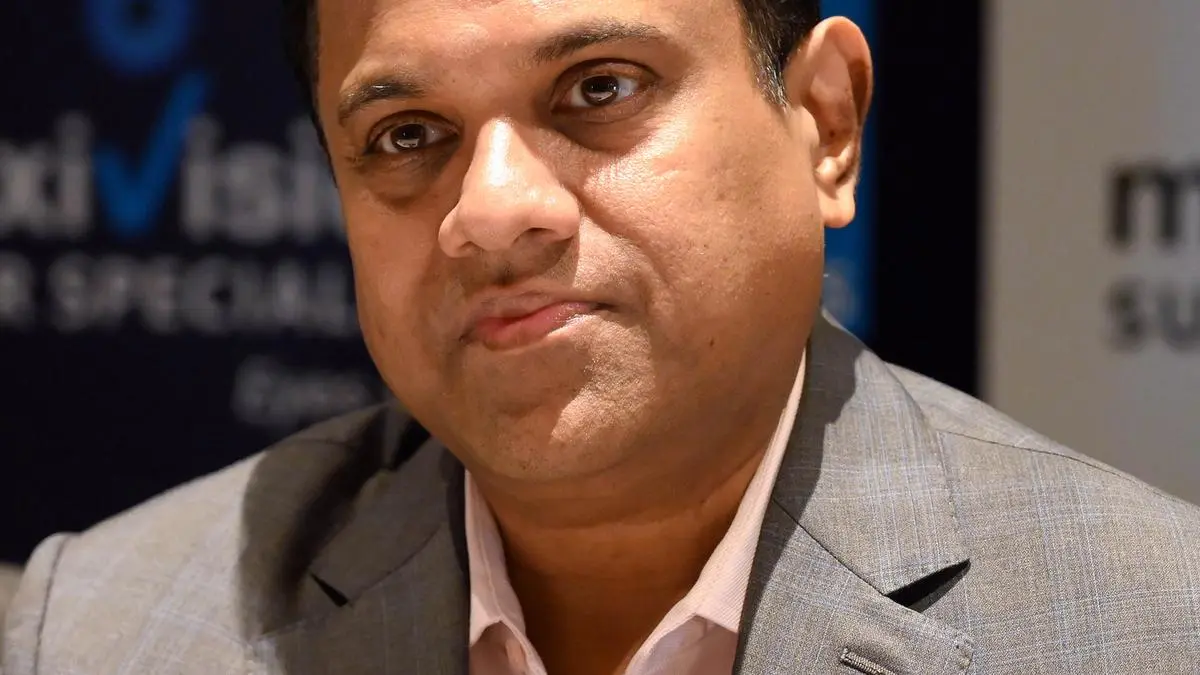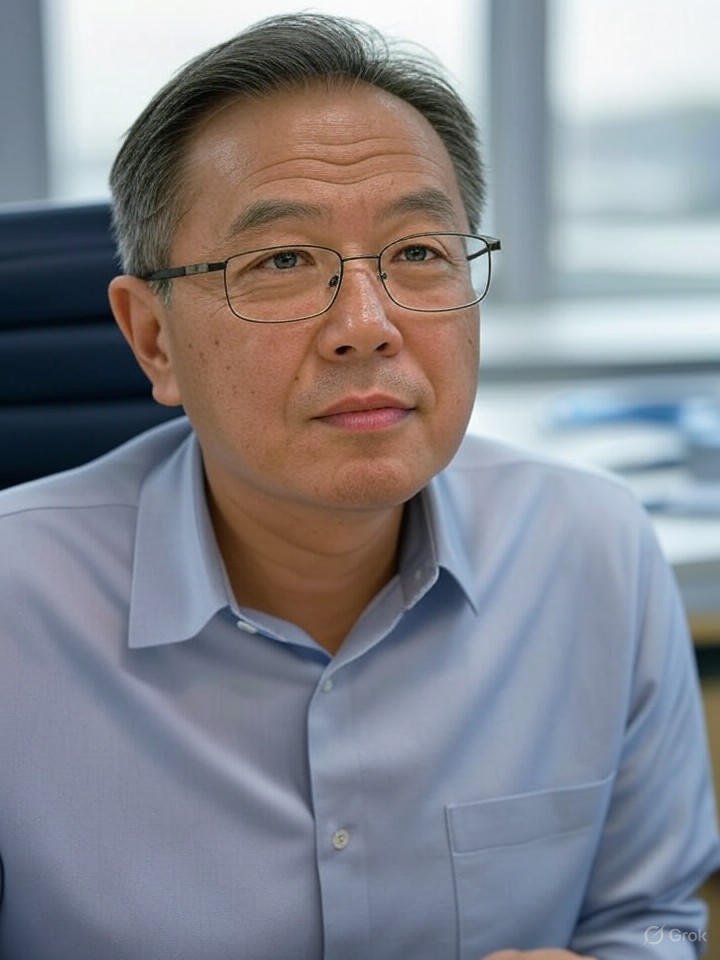Summary
GSK Velu highlights HRs strategic role in shaping culture, enhancing performance, and driving resilience at FICCI HR Conclave.
Source: thehindubusinessline.com

AI News Q&A (Free Content)
Q1: What is HR 5.0 and how is it different from previous human resource management models?
A1: HR 5.0 is an evolved model of human resources management that emphasizes the strategic role of HR in shaping organizational culture, enhancing performance, and fostering resilience. Unlike previous models, HR 5.0 integrates advanced technologies and focuses deeply on people-centric growth, aligning with the dynamic needs of modern businesses.
Q2: How does the strategic role of HR contribute to organizational culture according to recent studies?
A2: Recent studies, such as those on the adoption of immersive technologies, underscore the strategic role of HR in fostering an adaptive culture that embraces technological innovations. HR's involvement in strategic planning helps organizations integrate new tools and methodologies, ensuring that the workforce is engaged and aligned with the organization's vision.
Q3: What are the key highlights from GSK Velu's presentation at the FICCI HR Conclave regarding HR 5.0?
A3: GSK Velu at the FICCI HR Conclave emphasized the transformative role of HR in driving a people-centric approach to growth. He highlighted the importance of HR in building resilience and enhancing performance through strategic initiatives that prioritize employee well-being and development.
Q4: What is the role of FICCI in promoting HR 5.0, and how does it align with its mission?
A4: FICCI, as a leading trade association in India, plays a pivotal role in promoting HR 5.0 by organizing conclaves and discussions that focus on integrating advanced HR strategies. This aligns with FICCI's mission to foster economic growth by advocating for modern business practices that are inclusive and sustainable.
Q5: How do cultural and technological factors influence the implementation of HR 5.0 in organizations?
A5: Cultural and technological factors significantly influence the implementation of HR 5.0, as evidenced by studies on global audience patterns. The integration of digital tools in HR processes requires an understanding of cultural nuances to ensure effective communication and engagement across diverse teams.
Q6: What challenges do organizations face when adopting the HR 5.0 model, and what solutions are proposed in recent literature?
A6: Organizations adopting HR 5.0 face challenges such as resistance to change, the need for upskilling, and aligning new technologies with existing workflows. Recent literature suggests solutions like strategic stakeholder engagement, continuous learning opportunities, and adaptive leadership to overcome these challenges.
Q7: What potential impacts does HR 5.0 have on employee well-being and organizational performance?
A7: HR 5.0 has the potential to significantly enhance employee well-being by creating a supportive and inclusive work environment. This, in turn, boosts organizational performance by increasing employee engagement, reducing turnover, and fostering innovation, as organizations become more resilient and adaptive.
References:
- Federation of Indian Chambers of Commerce & Industry
- How Does Culture Evolve?
- Evolutionary Game Dynamics Applied to Strategic Adoption of Immersive Technologies in Cultural Heritage and Tourism





